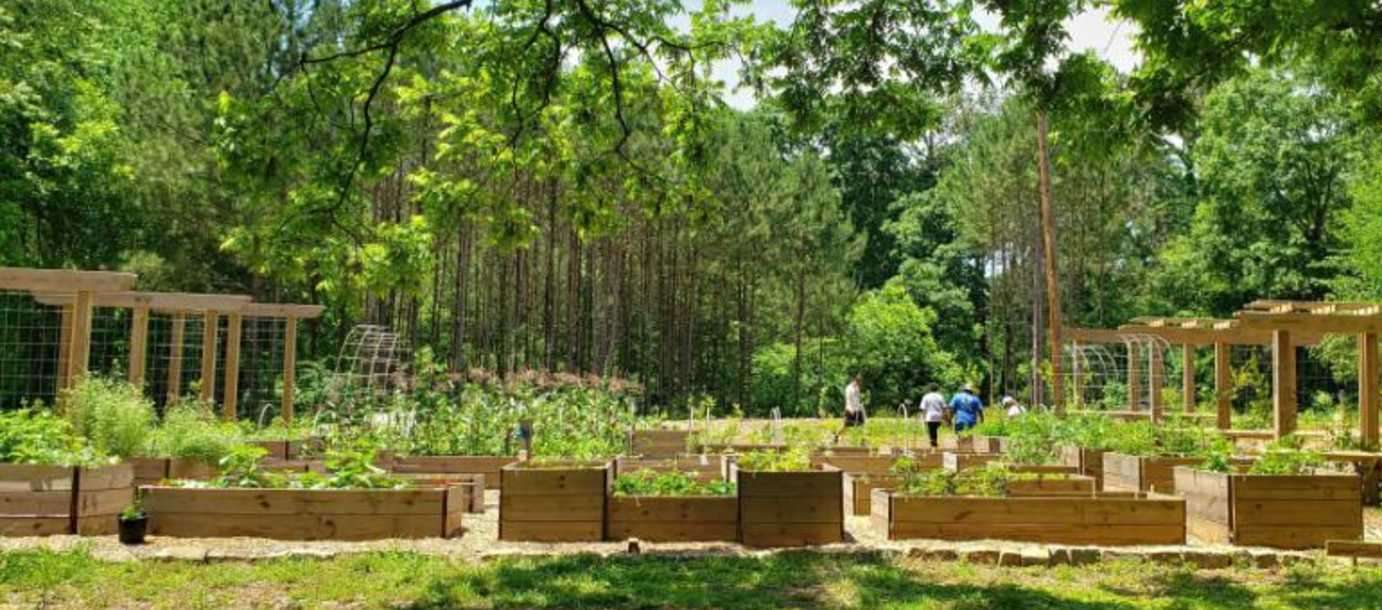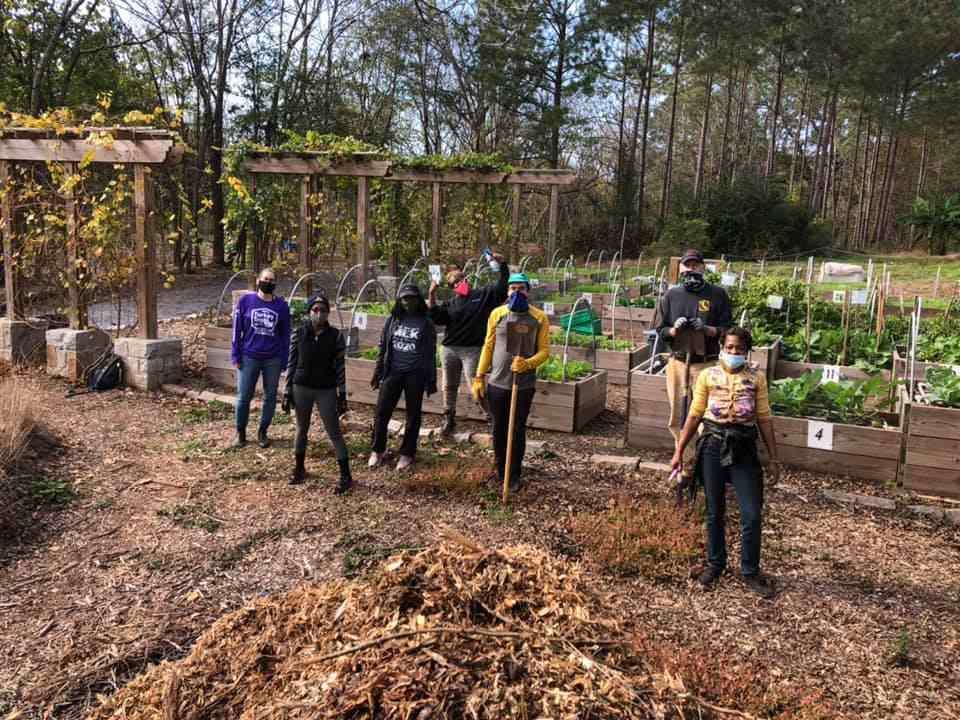Federal Judge Orders Record Penalty Against Exxon for Thousands of Clean Air Act Violations
A U.S. District Court judge punished ExxonMobil with a fine in Baytown, Texas—the largest yet imposed in a Clean Air Act citizen suit.

There's a seven-acre farm in Atlanta where residents can walk into a forest, take a deep breath, and begin pulling crops right off the land for dinner.
A one-time pecan farm, the Food Forest at Browns Mill project contains 2,500 edible and medicinal plants available to anyone in need.
It's one of a growing number of free-food forests cropping up in cities around the country, as citizens and organizations both public and private attempt to grapple with problems of hunger and food deserts.
In Atlanta, this problem is acute, with the USDA's Food Access Research Atlas estimating that at least one in every four Atlantans, or around 125,000 people, live in areas defined as food deserts based on their geographical distance from grocery stores.
Having created the nation's largest free-food forest, The Conservation Fund, with the assistance of the city of Atlanta and the U.S. Forest Service, is ensuring this former pecan-farm continues its tradition of feeding the community.

Located in Browns Mill, only 10 minutes from Atlanta airport, the nearest grocery store for the 2,100 residents in that area a 30-minute bus ride away.
"Access to green space and healthy foods is very important. And that's a part of our mission," Michael McCord, a local arborist, told CNN.
The scheme is utilizing practices known collectively as permaculture, and specifically as "agroforestry"—a term that describes marrying the forest and the field in a way that benefits both, as well as the global and local climate. WS has reported extensively on agroforestry in the US, and in the UK.
Already filled with large, mature pecan trees and blackberry brambles, the conversion process was enough to create some space underneath the trees with which to grow row and cover crops, and clear non-use bushes for replacement by other crops.
Community, corporate, and non-profit partners involved in the project have committed over 1,000 volunteers.
"It's really a park for everyone," Atlanta city councilwoman Carla Smith told CNN. "Every time I go there's a community there who respects and appreciates the fresh healthy foods. There's a mentality there that people know to only take what they need."
Reports of people taking more than they need are rare, and food that's left over will be harvested by full-time volunteers and distributed among the community.
According to the Conservation Fund, gardening and cooking classes are being held to help teach community members about healthy food, and the project includes community garden beds which the most enterprising of visitors can utilize.
Their project map reveals the scope of the project, with mycelium cultivation for edible mushrooms, boardwalks, and an apiary for honey production.
It's a project carrying the most robust of democratic sympathies; stretching all the way back in likeness to the Athenian Agora—or public square—where members of the community would make intentional efforts to create a flourishing society through specialization and mutual exchange.
With 70 such forests growing in the country, American cities hold the promise of having a bright, green future.
GROW the Good News—Share This Story With Pals…
Be the first to comment